Jammu and Kashmir, often referred to simply as J&K, is a region of immense cultural diversity and breathtaking natural beauty situated in the northern part of India. This region has a rich and complex history, and it’s known for its stunning landscapes, including picturesque valleys, snow-capped mountains, and serene lakes. In this article, we will explore the multifaceted aspects of Jammu and Kashmir, from its historical significance to its cultural heritage and recent developments.
Historical Background
Ancient History: The history of Jammu and Kashmir dates back to ancient times. It was part of various empires, including those of the Mauryas and Kushans, before the arrival of Islam.
Mughal Rule: The region gained prominence during the Mughal era, and it was under their rule that the Mughal Gardens of Kashmir were created.
British Colonial Influence: The British colonial era saw the establishment of princely states in the region, with the Dogra dynasty ruling Jammu and Kashmir.
Partition of India: The partition of India in 1947 led to a significant turning point for Jammu and Kashmir, as it became a princely state at the center of a conflict between India and Pakistan.
Geography and Climate
Jammu and Kashmir’s geography is incredibly diverse, ranging from the arid plains of Jammu to the lush green valleys of Kashmir and the high-altitude desert of Ladakh. The region is surrounded by the Himalayan and Pir Panjal mountain ranges, making it a paradise for nature lovers and adventure enthusiasts. The climate varies from sub-tropical in Jammu to alpine in Ladakh, offering different experiences throughout the year.
Demographics
Jammu and Kashmir is home to a diverse population, with various ethnic groups, including Kashmiris, Dogras, and Ladakhis. The region is also known for its religious diversity, with a mix of Hindus, Muslims, Buddhists, and Sikhs living harmoniously. Multiple languages are spoken here, including Kashmiri, Dogri, and Ladakhi.
Administrative Divisions
The region is divided into three main regions: Jammu, Kashmir, and Ladakh. In 2019, it was reorganized, and Jammu and Kashmir was granted Union Territory status, separate from Ladakh, which also became a Union Territory.
Culture and Heritage
The culture of Jammu and Kashmir is a blend of various traditions and has been influenced by its history and geography. It’s famous for its traditional clothing, including the phiran and pashmina shawls. Festivals like Eid, Diwali, and Losar are celebrated with great fervor. The region’s art and architecture, including the intricately designed wooden houses and temples, reflect its rich heritage.
Economy
Jammu and Kashmir’s economy is diverse, with agriculture and horticulture being significant contributors. Apples, saffron, and walnuts are some of the famous agricultural products. Tourism also plays a vital role, with the region attracting visitors from around the world.
Conflict and Politics
The Kashmir conflict has been a long-standing issue, with tensions between India, Pakistan, and local separatist movements. The region has seen its share of political and security challenges.
Recent Developments
Recent developments in Jammu and Kashmir include the abrogation of Article 370 and Article 35A in 2019, which granted special autonomy to the region. This move led to significant changes in its governance and administrative structure
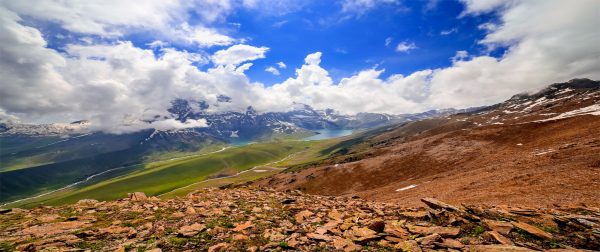
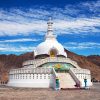
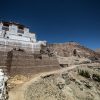
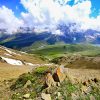
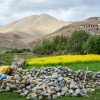
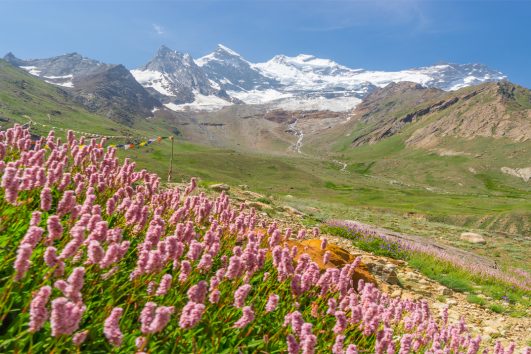
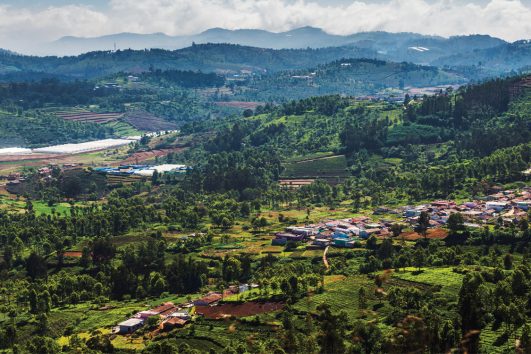
Tour Reviews
There are no reviews yet.
Leave a Review